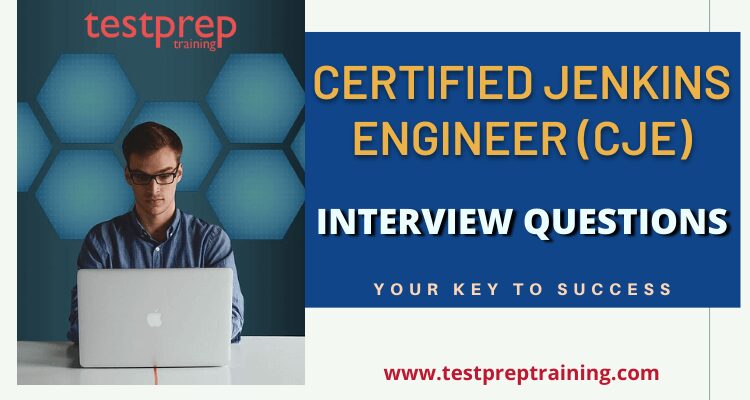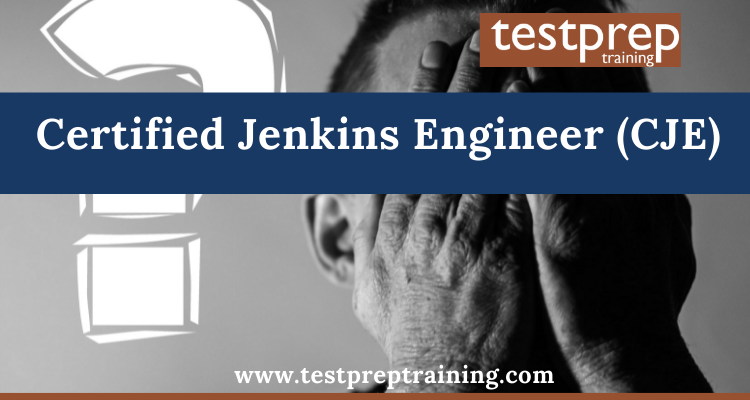Certified Jenkins Engineer (CJE)
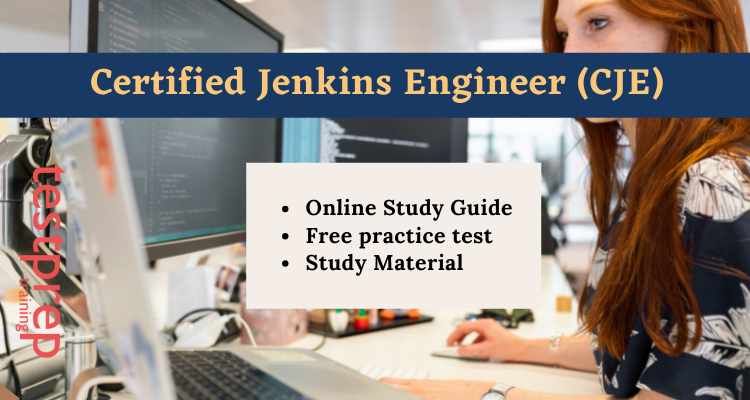
Jenkins Certification is a professional-level certification that verifies your knowledge of CI/CD concepts and DevOps best practices, as well as Jenkins and, optionally, CloudBees Core’s major features. If you primarily use Jenkins’ open source version, the Certified Jenkins Engineer test is more appropriate. If you utilize Jenkins in the cloud or on a large scale, you should take the CCJE exam.
Obtaining certified status indicates that you have the relevant abilities and hands-on experience to implement and utilize Jenkins®. Prepare for the Certified Jenkins Engineer exam by demonstrating your level of knowledge, abilities, and hands-on experience with Jenkins. Earning certification as a Jenkins or CloudBees engineer allows you to demonstrate a degree of competency and skill. Hiring Jenkins-certified or CloudBees-certified employees ensures that roles requiring Jenkins or CloudBees skills have a documented degree of proficiency.
Exam Prerequisites
- You should have used a Continuous Integration product before (optimally Jenkins)
- Continuous Integration and/or Continuous Delivery principles should be familiar to you.
- Understanding developer workflows (e.g., compilation, testing, and binary packaging), as well as tooling, is essential (e.g., SCM)
CJE: Certified Jenkins Engineer Interview Questions
Exam Overview
The Certified Jenkins Engineer (CJE) examination has Multiple Choice and Multi-Response questions. You are required to answer 60 questions in a time span of 90 minutes. It is advised to manage your time wisely, you can complete your examination in 70 minutes and review your answers in the remaining twenty minutes. Further, this examination will cost you $150 USD. Last but not least, you need to score at least 66% and above to clear the examination.
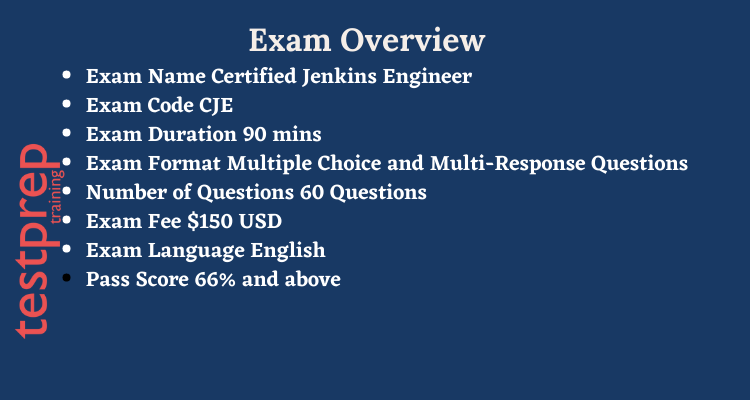
Registering for the exam
Due to the ongoing Covid crisis, the exam can be done onsite at the test sites or online from your home. If you decide to take an onsite test, check sure the test center is located in your area.
After you’ve made your decision, go ahead and register for the exam.
For more information, click on Certified Jenkins Engineer (CJE) FAQ.
Course Outline
The Certified Jenkins Engineer (CJE) covers the following topics:
Key CI/CD/Jenkins Concepts
- Continuous Delivery/Continuous Integration Concepts
- Define continuous integration, continuous delivery, continuous deployment
- Difference between CI and CD
- Stages of CI and CD
- Continuous delivery versus continuous deployment
- Jobs
- What are jobs in Jenkins?
- Types of jobs
- Scope of jobs
- Builds
- What are builds in Jenkins?
- What are build steps, triggers, artifacts, and repositories?
- Build tools configuration
- Source Code Management
- What are source code management systems and how are they used?
- Cloud-based SCMs
- Jenkins changelogs
- Incremental updates v clean check out
- Checking in code
- Infrastructure-as-Code
- Branch and Merge Strategies
- Testing
- Benefits of testing with Jenkins
- Define unit test, smoke test, acceptance test, automated verification/functional tests
- Notifications
- Types of notifications in Jenkins
- Importance of notifications
- Distributed Builds
- What are distributed builds?
- Functions of masters and slaves
- Plugins
- What are plugins?
- What is the plugin manager?
- Jenkins Rest API
- How to interact with it
- Why use it?
- Security
- Authentication versus authorization
- Matrix security
- Definition of auditing, credentials, and other key security concepts
- Fingerprints
- What are fingerprints?
- How do fingerprints work?
- Artifacts
- How to use artifacts in Jenkins
- Storing artifacts
- Configuration Management (Tools such as Chef, Puppet, etc.)
- Elements of software configuration management
- Change management policies
- Importance of software configuration management
- Using 3rd party tools
- How to use 3rd party tools with Jenkins
Jenkins usage (features and functionality)
- Jobs
- Organizing jobs in Jenkins
- Parameterized jobs
- Usage of Freestyle/Pipeline/Matrix/Maven/Literate
- Builds
- Setting up build steps and triggers
- Configuring build tools
- Running scripts as part of build steps
- Source Code Management
- Polling source code management
- Creating hooks
- Including version control tags and version information
- Testing
- Testing for code coverage
- Test reports in Jenkins
- Displaying test results
- Integrating with test automation tools
- Breaking builds
- Notifications
- Setup and usage
- Email notifications, instant messaging, build radiators
- Alarming on notifications
- Distributed Builds
- Setting up and running builds in parallel
- Setting up and using SSH slaves, JNLP slaves, cloud slaves
- Monitoring nodes
- Plugins
- Setting up and using Plugin Manager
- Finding and configuring required plugins
- CI/CD
- Using Pipeline (formerly known as Workflow)
- Integrating automated deployment
- Release management process
- Pipeline stage behavior
- Jenkins Rest API
- Using REST API to trigger jobs remotely, access job status, create/delete jobs
- Security
- Setting up and using security realms
- User database, project security, Matrix security
- Setting up and using auditing
- Setting up and using credentials
- Fingerprints
- Fingerprinting jobs shared or copied between jobs
- Artifacts
- Copying artifacts
- Using artifacts in Jenkins
- Artifact retention policy
- Alerts
- Making basic updates to jobs and build scripts
- Troubleshooting specific problems from build and test failure alerts.
Building Continuous Delivery (CD) Pipelines
- Pipeline Concepts
- Value stream mapping for CD pipelines
- Why create a pipeline?
- Gates within a CD pipeline
- How to protect centralized pipelines when multiple groups use same tools
- Definition of binary reuse, automated deployment, multiple environments
- Elements of your ideal CI/CD pipeline – tools
- Key concepts in building scripts (including security/password, environment information, etc.)
- Upstreams and downstreams
- Triggering jobs from other jobs
- Setting up the Parameterized Trigger plugin
- Upstream/downstream jobs
- Triggering
- Triggering Jenkins on code changes
- Difference between push and pull
- When to use push vs pull
- Pipeline (formerly known as Workflow)
- Benefits of Pipeline vs linked jobs
- Functionalities offered by Pipeline
- How to use Pipeline
- Pipeline stage concurrency
- Visualization
- Options to visualize jobs’ relationships
- When to use various options for visualizing jobs’ relationships
- Information offered by a build pipeline view
- How to set up build pipeline visualization
- Folders
- How to control access to items in Jenkins with folders
- Referencing jobs in folders
- Parameters
- Setting up test automation in Jenkins against an uploaded executable
- Passing parameters between jobs
- Identifying parameters and how to use them: file parameter, string parameter
- Jenkins CLI parameters
- Promotions
- Promotion of a job
- Why promote jobs?
- How to use the Promoted Builds plugin
- CD Metrics
- Firstly, KPIs/metrics for CI/CD
- Next, Determining how many builds failed, succeeded
- Determining how long a build takes
- Determining how often code is checked-in
- How to use metrics/KPIs
- Notifications
- How to radiate information on CD pipelines to teams
CD-as-Code Best Practices
- Distributed builds architecture
Preparatory Guide for Certified Jenkins Engineer (CJE)
To pass any exam, you must have a well-thought-out strategy and study guide. There are a variety of materials available to help you prepare for your tests. You must study, practice, and work diligently in order to pass the exam. We’ve compiled the following Certified Jenkins Engineer (CJE) study guide to assist you:
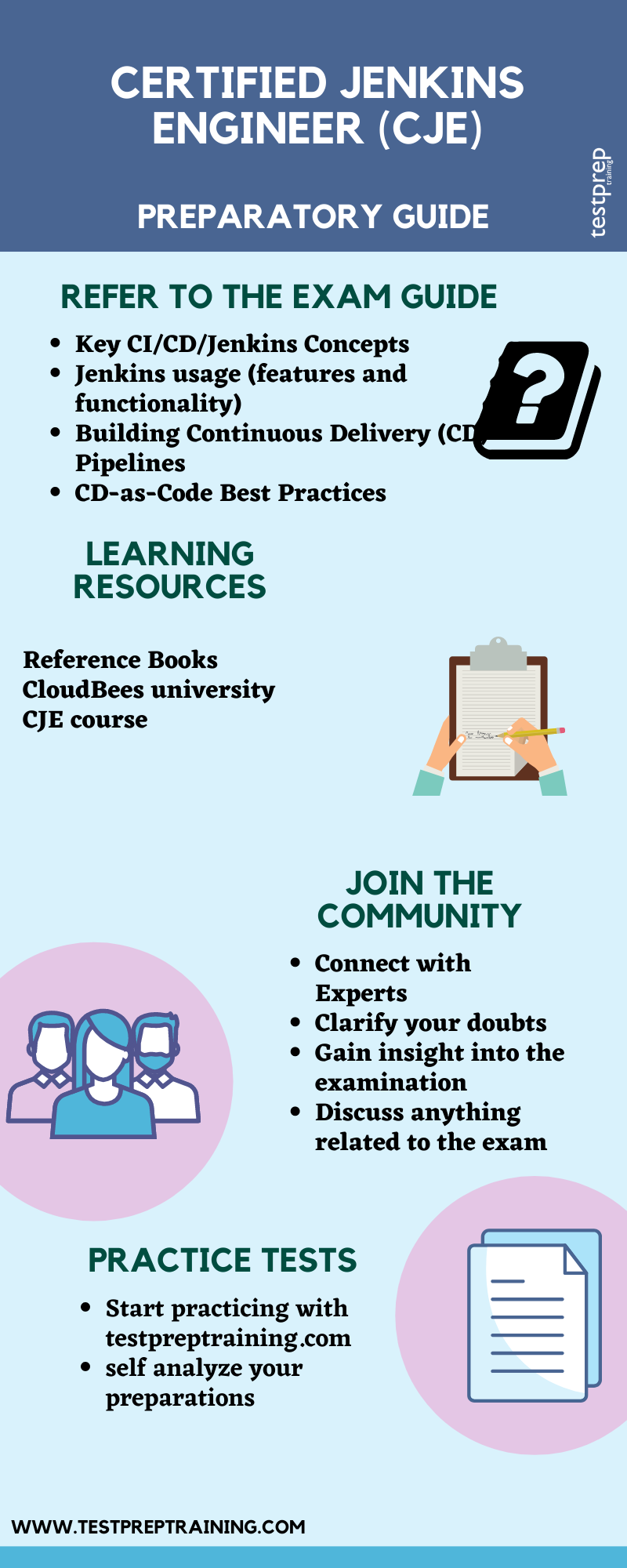
Refer the Exam Guide
First and foremost, familiarise yourself with the Certified Jenkins Engineer (CJE) exam’s topics and subtopics. Manufacturing and Production Planning This will help you figure out what you’ll need to learn and how you’ll organize your study time. Also, remember that applying what you’ve learned is critical, so keep that in mind as you study. As a result, begin your preparation by properly reviewing the curriculum.
- Key CI/CD/Jenkins Concepts
- Jenkins usage (features and functionality)
- Building Continuous Delivery (CD) Pipelines
- CD-as-Code Best Practices
Learning Resources
You must work attentively, efficiently, and wisely to pass any exam. To help you prepare for the Certified Jenkins Engineer (CJE) test, we’ve put together some study tools.
CloudBees university CJE course
Almost every topic covered in the exam is covered in the CloudBees university CJE course. There are numerous points with suitable references to Jenkins documentation. The course also includes hands-on experiments to familiarise you with Jenkins.
Join a Study Group
Communication with others who are studying for the same exam is essential. This will help you understand the topics better. You can also ask them questions and discuss your situation with them. Students will benefit from the group discussions in learning the necessary knowledge to pass the exam. It will be advantageous for you to join an online community, such as Quora, that allows you to connect with people who are on the same professional path as you.
Evaluate with Practice Test
The most important part of the preparation process is to practice questions. This can assist you in fine-tuning the information you’ve obtained from numerous research sources. This not only allows you to evaluate your present level of preparation, but it also allows you to gain confidence to the point where the real exam feels like a practice test. Despite the fact that there are various practice tests on the internet, the practice tests we provide are quite reliable. Experts prepared them, and they will help you prepare for and pass the exam.

